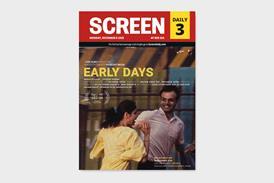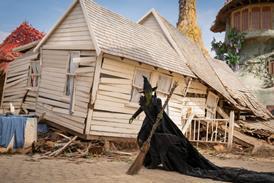- News
- Reviews
- Features
- Festivals
- Box Office
- Awards
 ‘One Battle After Another’ tops Golden Globe nominations followed by ‘Sentimental Value’, ‘Sinners’
‘One Battle After Another’ tops Golden Globe nominations followed by ‘Sentimental Value’, ‘Sinners’ Awards Whispers: our anonymous panel of voters give their early verdict on this season’s contenders
Awards Whispers: our anonymous panel of voters give their early verdict on this season’s contenders Bafta flashback: ‘Bait’ director Mark Jenkin on winning in front of De Niro, and being “not shy” about showing off his award
Bafta flashback: ‘Bait’ director Mark Jenkin on winning in front of De Niro, and being “not shy” about showing off his award
- Subscribe

Subscribe to Screen International
- Monthly print editions
- Awards season weeklies
- Stars of Tomorrow and exclusive supplements
- Over 16 years of archived content
- Global production
Australia devises a new comprehensive way to measure film watching
By Sandy George2011-05-03T17:51:00

Australian features were viewed 101m times locally in 2007-2009, but only 9% of the viewing was in cinemas.
SIGN IN if you have an account
Do you want to keep reading?
Register for free access to five articles a month

Subscribe today and unlock access to:
- Unlimited film & TV news, reviews and analysis on Screendaily.com
- All print and/or digital editions of Screen magazine
- Breaking news alerts sent straight to your inbox
- Digital festival and market dailies
- Weekly awards magazines
Access premium content Subscribe today
If you have an account you can SIGN IN now
Subscribe to Screen International
Screen International is the essential resource for the international film industry. Subscribe now for monthly editions, awards season weeklies, access to the Screen International archive and supplements including Stars of Tomorrow and World of Locations.
Find out moreSite powered by Webvision Cloud













